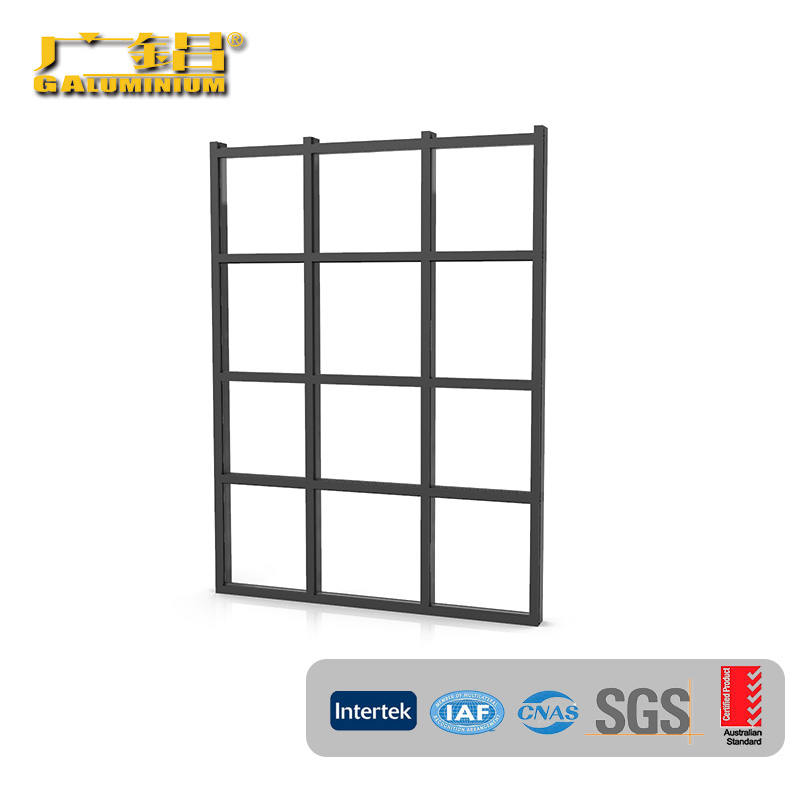What is the difference between aluminum curtain wall and storefront?
2024-01-05
Aluminum curtain walls and storefronts are both common architectural systems used in commercial buildings, but they serve different purposes and have distinct characteristics:

- Purpose: Curtain walls are non-structural, external coverings for buildings that are designed to resist air and water infiltration, as well as provide support for dead loads (like their own weight) and wind loads. They're typically installed from the slab to the edge of the roof, covering a large portion or the entire facade of a building.
- Materials: Often made of aluminum frames with glass or other infill materials like metal panels, stone, or composite materials. They provide a sleek, modern aesthetic and allow for a considerable amount of natural light to enter the building.
- Functionality: Curtain walls do not typically support the building's structure; instead, they transfer their weight and wind loads to the building's framework or structure through anchors and support mechanisms.
2. Storefront:
- Purpose: Storefronts are architectural systems that are primarily used at the ground level of buildings, particularly in retail or commercial settings. They serve as the entryway or showcase area for businesses, allowing for visibility, access, and display of merchandise.
- Materials: Also constructed using aluminum frames, often with glass panels or other infill materials. Storefronts can have doors, windows, or transparent sections to allow for visibility and access.
- Functionality: Storefronts are intended to provide both aesthetic appeal and functionality by allowing people to see into the store, providing natural light, and creating an inviting entrance. They may also offer security features like locks or specialized glass.
Key Differences:
- Location: Curtain walls typically cover a larger area of the building's facade, often from slab to roof, while storefronts are focused on the ground level and are more about entryways, visibility, and display.
- Function: Curtain walls are primarily for weatherproofing, thermal efficiency, and aesthetics for larger sections of a building. Storefronts are about creating an inviting entryway, showcasing products, and facilitating access.
While both aluminum curtain walls and storefronts use aluminum frames and glass, their applications, locations, and functions are distinct, catering to different needs within a building's design and functionality.


